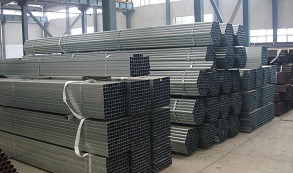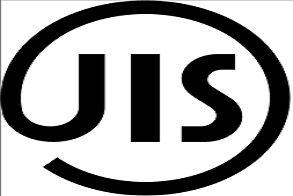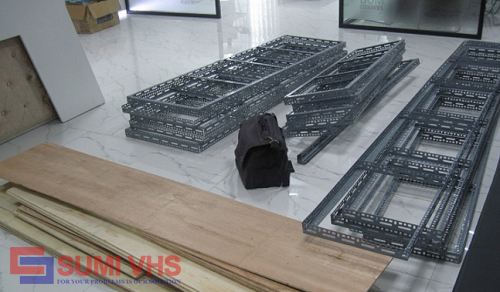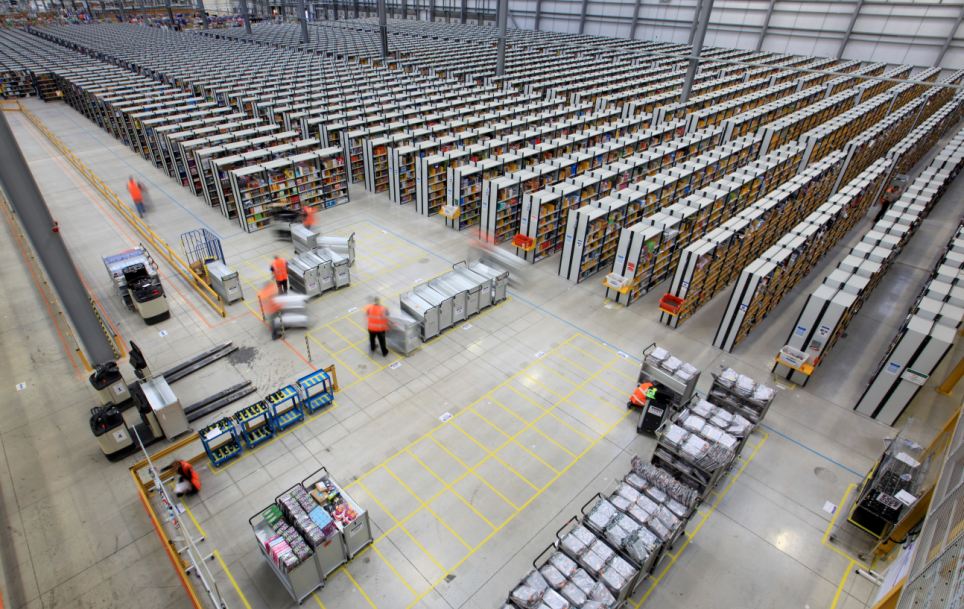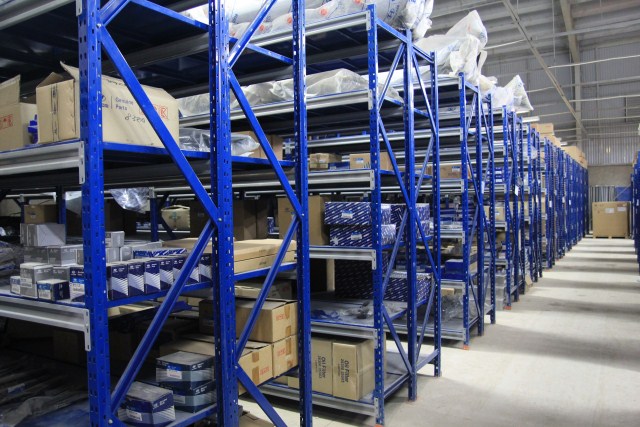For each company manufacturing mechanical products and especially companies that produce structural products. Good quality materials are of the utmost importance when producing and manufacturing limbs that have an understanding of the classification of material and material used for the production of the material mentioned above. Metal and its alloys. However, the most widespread application today in manufacturing mechanical manufacturing is the metal and its alloys. It is important for materials engineers to know the parameters of the steel grades, the standards and the scope of the steel used, and the parameters between the grades. Each set of standards or each supplier will provide the required parameters. We would like to share some small knowledge that is summarized, synthesized in the process of producing goods storage products, warehouse shelves, steel pallet powder coated steel ... on a number of standards The purpose is to support the part for customers to know.
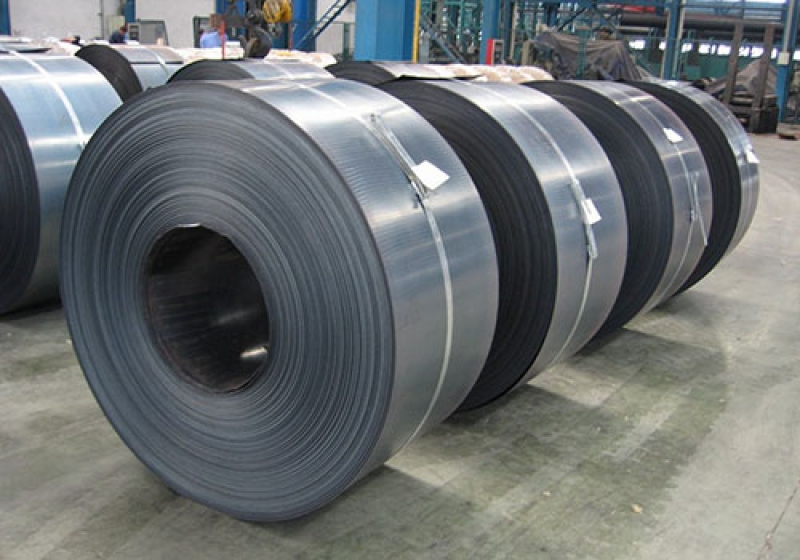
Classification of standards:
Standard Classification Notation
ISO International Standard
Regional Standard EN
National Standards CNS, BS, ANSI, JIS, DIN
Standards of organizations, associations ASTM, AISI, JFS, SAE
Manufacturer Standard * CSC HM-690T
Customer Criteria * MP-1
Manufacturer Standard: Manufactured by Iron and Steel Company
Customer Criteria: Criteria proposed by major customers to the manufacturer.
Basic information when choosing materials:
Scope: Type of steel to use, Purpose of use, Manufacturer
Name: Specify name by specific type of standard
Document Reference: Request reference parameters through standard documents, standards.
Steel Standard: Includes chemical and mechanical components
For example: JIS SCM435, EN 34CrMo4 → alloy steel
JIS SS400, EN S235J → High Strength Steel
ASTM and SAE → Contains C% and other required parameters.
Proper physical and chemical properties: the chemical constituents contained in the steel determine the scope of application in a number of special fields such as health, food, etc., chemical composition, physical properties, Determining the machining methods, heat treatment, coatings ...
Essential attribute of concern for steel material:
- Density: density (kg / m3, g / cm3)
- Yield strength: elastic limit (Mpa)
- Tensile strength (Mpa)
- Elongation: Long elongation (%)
- Hardness (HB: Brinen; HRC, HRB, HRA: Rockwell; HV: Vicker).
- Bend ability: Flexibility
- Impact ability: Impact resistance
That is the material nature of the material. Some manufacturers or some standards will require some additional parameters.
Quality requirements:
- Internal quality: Crystal particle size, internal defects such as gas baskets, dirt, ... UI test equipment can be used.
- Surface quality: Important parameters, cleanliness, surface gloss, surface defects ... can be used MPI test equipment.
- Size and tolerance: Length, width, height, roundness, oval, taper, warping.
- Packing and shipping: The packing and shipping methods will affect surface quality and warping.
- Inspection and certification: The method of quality inspection of steel as well as the certificate of quality inspection, the certificate of steel supplied by the supplier or an intermediary inspection.
Common steel standards in the world:
1. JIS Standard - Japanese Industry Standard
JIS G 31 01 SS400
(A) (b) (c) (d) (e)
(A) Name of standard organization
(B) Division code. - 「G」 notation for Steel.
(c) Type of steel - 「31」 codes for carbon steel.
(D) 「01」 Specify "Serial number"
(E) Mark of steel
2. JFS: Japan Iron and Steel Federation Standard
JFS A1001 JSH440W
(A) (b) (c)
(A) Standard of Japan Iron and Steel Association.
(B) Standard Code. (A1001 for Hot Rolled Steel).
(C) JSH440W Steel Standard Description.
Chia sẻ
Bình luận
Hotline: 0964202438




